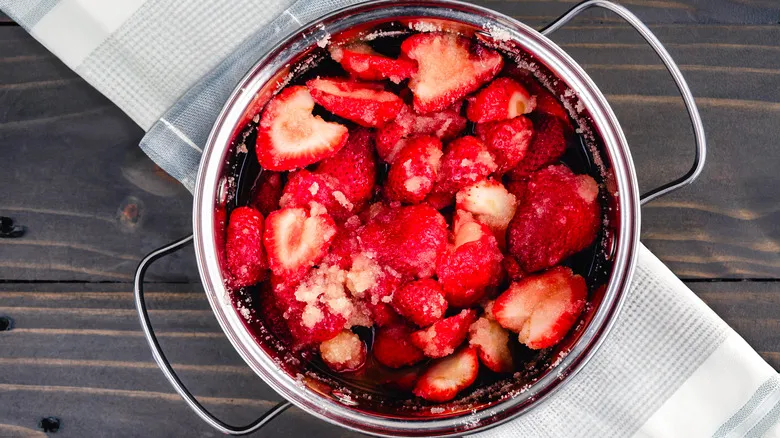Gingerbread itself is also steeped in lore

While it's still uncertain whether Elizabeth I's courtiers were eagerly racing to obtain a gingerbread likeness of themselves, it's important to note that the tale of the gingerbread man doesn't fully represent the broader history of gingerbread. In fact, gingerbread men are merely a small and relatively modern chapter in the extensive history of gingerbread as a whole.
The origins of ginger can be traced back to southern Asia, where this spicy ingredient thrives. However, the use of ginger in dessert cakes and loaves dates back to ancient Egypt, around 1500 B.C., when it was used to flavor honey cakes. The gingerbread we recognize today began to emerge during the medieval period, thanks to the Armenian monk Gregory of Nicopolis, who brought a recipe for "pain d'épices" to France in the late 10th century. Additionally, European crusaders returned from the Mediterranean in the 11th century with tales of gingerbread, which helped to popularize this delightful treat across Europe, ultimately shaping it into what we know today.
So, whether you're whipping up a fresh loaf of gingerbread or crafting cheerful gingerbread man cookies, you're participating in a tradition that spans centuries. Just be sure to honor that legacy by selecting the most flavorful ginger for your creations.
Recommended

The Liquor Alton Brown Swears By For Better Pecan Pie

The Canning Ring Hack That Gives You Perfectly Round Cookies

The Science Behind Macerating Berries For A Sweeter Dessert

Giada De Laurentiis' Tip For Perfectly Sized Chocolate Chunks
Next up

